THE HIDDEN DANGER
You know that thumb drive sitting by your computer? That one a friend handed to you, or a client shipped to you, or maybe you found it in the parking lot. Yes, that one. The one you probably already connected to your computer–without realizing the danger.
Perhaps the better way to look at this is, would you put it in your mouth?! You and I don’t know where that memory card has been, nor what malware may have been intentionally or unknowingly acquired.
If the card was given by a friend or business associate, it is quite possible that their computer is compromised with malware. And if that card had been attached to their computer, the card has likely been infected.
Also, a common method of criminally hacking a computer is to place compromised memory cards in a business parking lot, or near a desk. It’s been found that the majority of people will pick up the card, and then insert it into their computer to find what is on it. Of course, all it takes is a millisecond for the compromised card to transfer its malicious payload onto your computer.
WHAT TO DO?
- if you are in a company, NO external storage device should ever be connected to the network or computer without first passing a security audit by the IT department. This is so critically important, it is a Federal cybersecurity guideline.
- This also applies to any external storage device that has passed a security audit, but has since connected to another network or computer.
- If you are a home user you probably have no IT department to perform a security audit. Instead, have your computer technician or consultant perform the security audit. If you have no computer support person, at the very least ensure you have a quality antivirus utility installed on your computer, and that it is fully up-to-date, prior to connecting the memory card. Then run a malware scan on the device prior to accessing the device.



